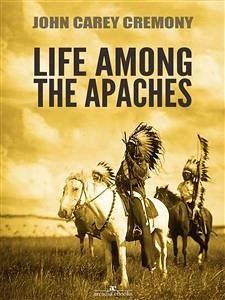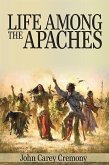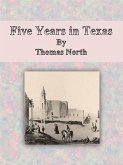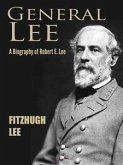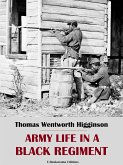John C. Cremony's first encounter with the Indians of the Southwest occurred in the early 1850s, when he accompanied John R. Bartlett’s boundary commission surveying the United States-Mexican border. Some ten years later, as an officer of the California Volunteers, he renewed his acquaintance, particularly with the Apaches, whom he came to know as few white Americans before him had. Cremony's account of his experiences, published in 1868, quickly became, and remains today, a basic source on Apache beliefs, tribal life, and fighting tactics. Although its original purpose was to induce more effective military suppression of the Apaches, it has all the fast-paced action and excitement of a novel and the authenticity of an ethnographic and historical document.
Bitte wählen Sie Ihr Anliegen aus.
Rechnungen
Retourenschein anfordern
Bestellstatus
Storno

